It was Jimmy’s thought-provoking blog post that first opened my eyes to the idea of mirrorless camera advantages. At the time, I didn’t believe the technology had fully matured. Yet, here we are just 6 months later, and boy has my tune changed.
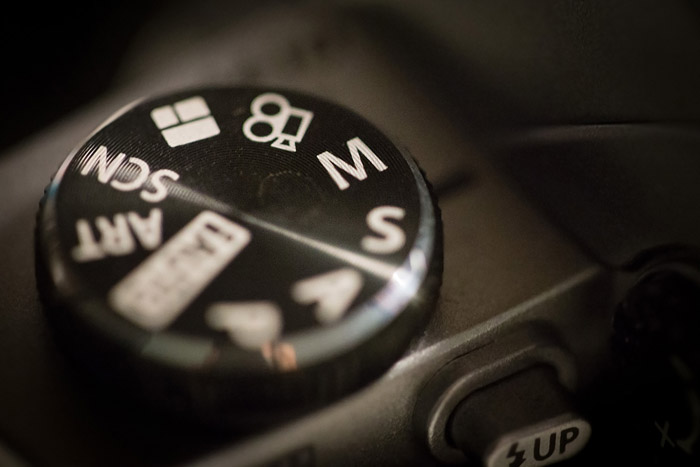
Statistically speaking, mirrorless camera advantages include the possibility of dramatically improving your percentage of keepers. It’s simple really; by carrying a camera at all times, your photo opportunities increase while the success ratio soars. Now some may argue that by packing light, you’re sacrificing image quality. A number of ISO comparisons can be found that back this claim. Yet, these studies are shortsighted; merely comparing apples to apples. What they fail to take into account is just how different shooting with a mirrorless camera is. To understand how this actually translates in practice, one needs to step back and look at the bigger picture. Remember, a camera’s IQ is only as good as the person controlling it.
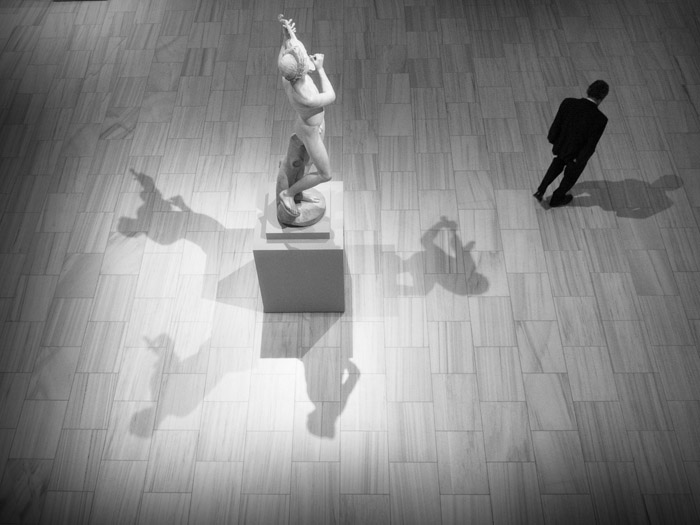
I’ve spoken with countless photographers who leave their DSLR home to avoid carrying extra weight. Some even purchase expensive telephoto zoom lenses only to complain they’re too much of a hassle to bring along. If you do the math, DSLRs are about twice as heavy as mirrorless cameras and approximately 40% bulkier. When you’re traveling to distant places or hiking deep into the woods, every ounce matters. I’ve been on small airplanes with a strict 25 pound luggage limit. Much to my surprise, that included personal items!
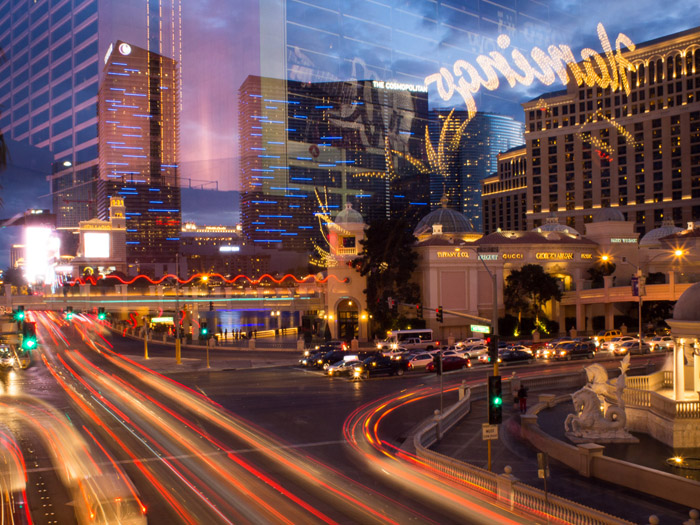
Advances in technology can allow us to go places that were previously inaccessible. No longer does a photographer need to leave important things behind. That’s one of the reasons carbon fiber tripods have become the preferred choice for many. Since they are much lighter than aluminum models, photographers can go further. Couple this with a lighter camera system, and it’s possible to reach remote locations faster, giving you the competitive edge. You can probably tell that weight is one of the mirrorless camera advantages over DSLR.

Before getting into specific features, it helps to understand the characteristics of the various sensor types. After careful research on the differences between micro 4/3, full frame and APS-C options, there is no one definitive winner. Ultimately, the best option depends on your specific shooting needs. This is most apparent when exploring the concept of aperture equivalence.

Which Sensor Size is Right?
At the same effective focal range and aperture, the actual depth of field each format provides will appear different based on sensor size. For example, a full frame camera at f2.8 dramatically throws a background out of focus. This is ideal for reducing distractions and bringing attention to the subject. To achieve the same look with an APS-C sensor you would need to open the aperture to f1.8. With micro 4/3, you’d need f1.4. Clearly, this makes shallow depth of field easier to achieve with a full frame. Having said that, micro 4/3 users can create similar results with amazing lenses like the Voigtlander 42.5mm f0.95. For more information on this along with images that show these differences, be sure to check this terrific post on the Borrow Lenses blog.
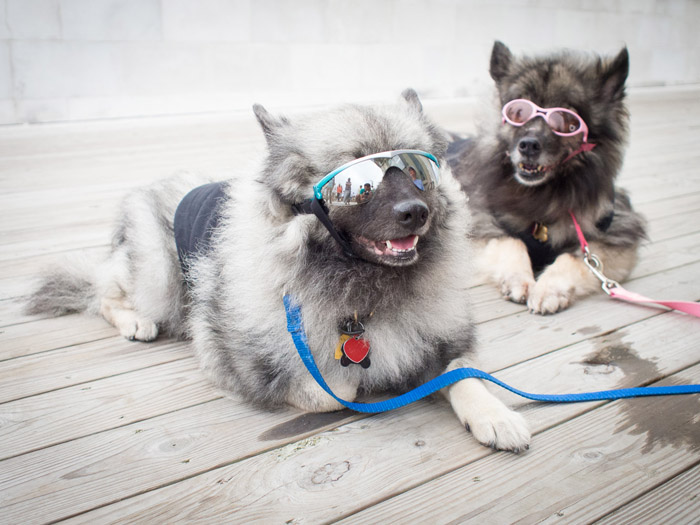
While larger sensors enjoy a slight advantage for shallow depth of field, the opposite happens with great depth of field. Put simply, f5.6 on a micro 4/3 camera provides the equivalent depth of field to f8 on APS-C and f11 on a full frame model. This provides the micro 4/3 user with 1-2 extra stops of light while still creating sharp focus from near to far. As a result, the ISO doesn’t need to be as high, providing better image quality. For the same exposure and equivalent depth of field, here is an example of how the sensor size would affect the settings.
Micro 4/3: 1/125, f5.6, ISO 200
APS-C: 1/125, f8, ISO 400
Full Frame: 1/125, f11, ISO 800
This is summed up nicely by Cambridge in Colour who note, “Larger sensors (and correspondingly higher pixel counts) undoubtedly produce more detail if you can afford to sacrifice depth of field. On the other hand, if you wish to maintain the same depth of field, larger sensor sizes do not necessarily have a resolution advantage.”

The Shooting Experience
Picking up my DSLR now feels like stepping back in time. I say this not solely because of the weight, but the glaring absence of useful features that are standard in even the most entry-level mirrorless bodies. No longer do you need to stand beneath a shaded tree to check your images on the LCD. The quality of EVF in today’s mirrorless cameras is astonishing. It’s similar to using live view, but in the viewfinder where the display is not affected by harsh sunlight. Without removing your eye from the viewfinder you can check critical focus and exposure while viewing the histogram, highlight alert, and exposure settings. With in-viewfinder image magnification and focus peaking, manual focus has never been easier or more accurate. Tapping the shutter lightly will activate the shooting mode so you’re always ready to capture the action. This can certainly reduce time spent chimping, and helps one remain focused on the subject in front of them.
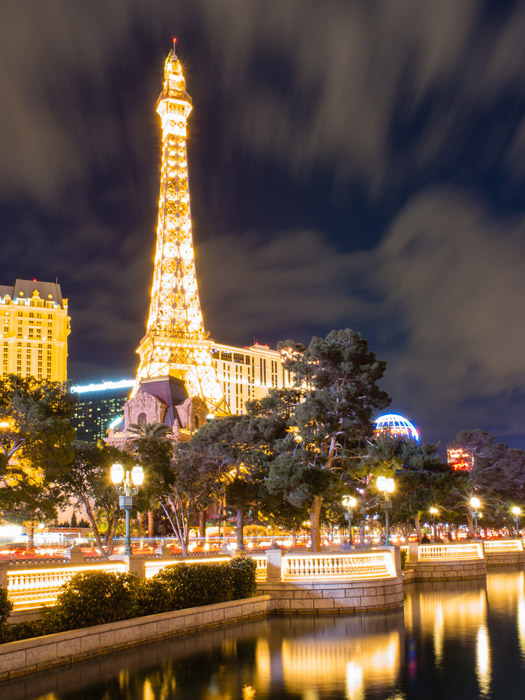
Depending on the model, you may enjoy other features like double exposures, silent electronic shutter, splash and freeze proof bodies, touch screen autofocus covering most of the frame, and built in wifi. It’s these little things that ultimately make the shooting experience more enjoyable, and. On a DSLR, shutter speeds over 30 seconds require the bulb mode. Meanwhile, most of the Olympus cameras have 60 second exposures along with Live Composite and Live Time modes that allow you to watch the picture build in real time.

Why pay extra for image stabilized lenses when you can get it built into the body? This way, it works with all of your lenses, including legacy glass. After seeing how effective is it, I would not buy another camera body without it. Normally, the slowest shutter speed I feel comfortable handholding a camera at is around 1/100. Sure, it’s possible to push it further, but the likelihood of soft images increases. With 5 axis stabilization on, it’s possible to capture sharp hand held image at 1/13th of a second or slower. You may be skeptical, as I certainly was. Yet after many tests, the manufacturer’s claims are indeed accurate.
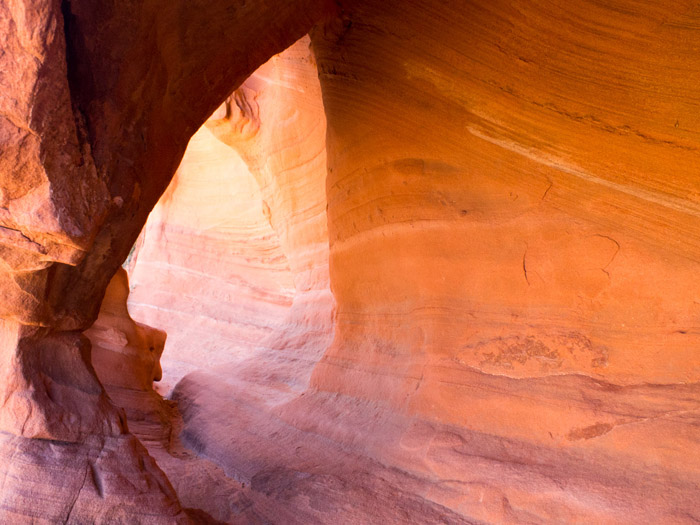
The camera is your paint brush, your voice, your pen. Use it to express yourself and the work will be unlike any other. If you are feeling too comfortable with your craft, it’s time to shake things up and experiment with new methods. As Soren Kierkegaard said, “The more a person limits himself, the more resourceful he becomes.” With a lightweight but feature-rich mirrorless camera, you get the best of both worlds.

Try Exposure Today



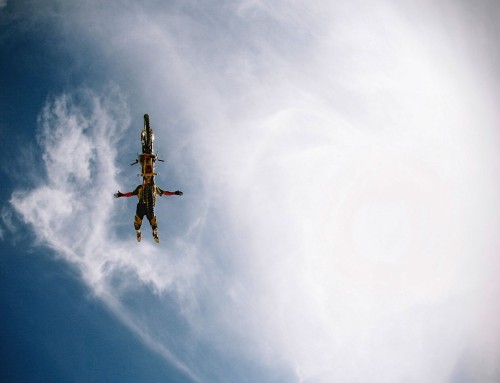








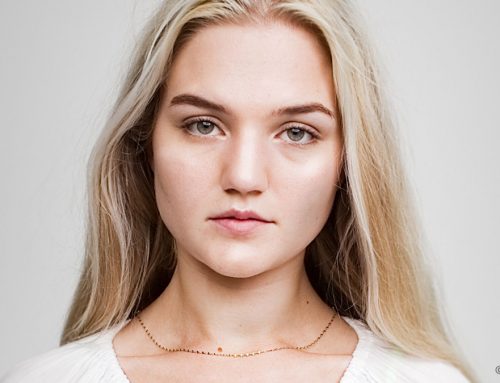
Brilliant!! I have been enjoying the addition of the Fuji mirror less system to my bag for the past two years, and I feel like you just took me to school… I learned so much! wonderful read.
Love my xpro 1
Thanks so much for the feedback Rachel, I’m glad you found it educational. Enjoy your Fuji!
I have used a mirrorless camera exclusively for fine art portraits and l love it! The resolution is great (12 mp), I can travel light, and I can shoot in raw, change my shoot ratio (2:3, 16×9, etc), can zoom in and out easily without changing lenses. I also shoot video clips while taking portraits with ease. I can’t go back to DSLR! Love my Canon SX50!
Great article. I recently bought the very small Sony a5100 mirrorless camera with 24 mp APS-C sensor. I have been getting great pictures. It is very lightweight so I carry it all the time in my fanny pack. Now I get all the shots I missed with the DSLR. With a Sony e-mount prime 50 mm lens with wide open 1.8 aperture I can take sharp photos with shallow depth of field or long depth of field with smaller apertures. I use manual mode and shoot raw. Lots of versatility. Great for street photography. Combine with Alien Skin’s Exposure 7, superb photos are possible. I will never have anything but a mirrorless camera. May soon step up to the larger full frame Sony A 7 II with the 5 axis image stabilization. Thanks for the article.
What would be your recommendation if I want to update my current gears?
Currently I use Olympus EM5 mii with 45f1.8 25f1.8 17f1.8 and 14-150 ver ii. I plan to sell 14-150 soon.
I wish to have more detail for landscape shot, better detail for shadow, and better dept of field for portrait shot.
Should I switch to sony 6300 or get new lenses with larger aperture?
I haven’t shot with either camera you mentioned, unfortunately. I’ve heard a lot of good things about Sony’s new line of cameras, but I would recommend renting and shooting with any new gear you’re interested in beforehand. You may find that you don’t like some aspects of shooting with it.
Have you tried using Exposure X‘s bokeh effects? The blurring effects produced by our software are pretty believable when compared to the real thing. And it costs a lot less than 1.0 glass.